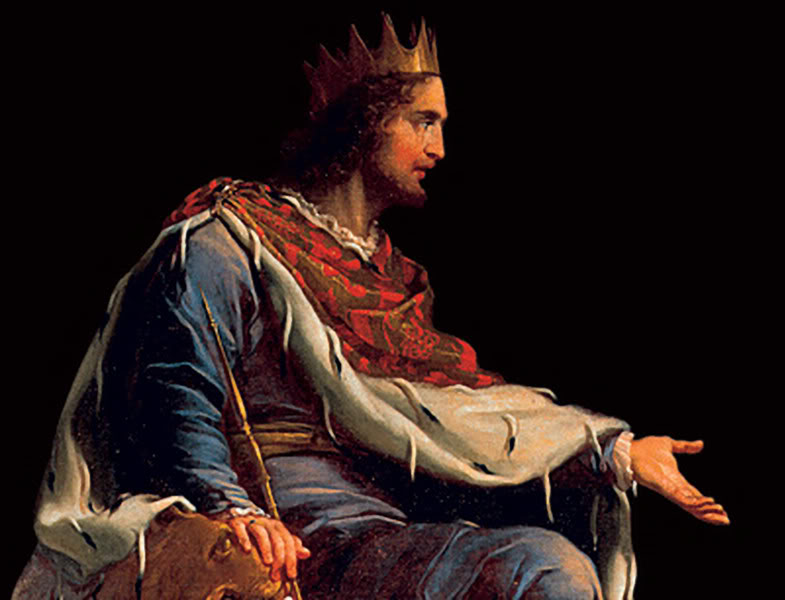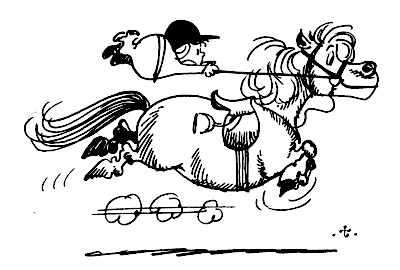Clinophobia - fear of going to bed.
Now, if you know me well you will know that I love sleeping. I'm really hard to get up in the mornings (thank you EDS and POTS) and, living with lots of fatigue, I tend to enjoy the chance for an extra nap should it present itself.
However, throughout the last 10 or 15 years (maybe more?), I have intermittently suffered from an intense fear of going to bed at night. Being on or in bed during the day time isn't an issue; night time itself is not a problem; and I'm not scared of the dark. I'm scared of going to bed at night time and having to sleep.
There are various reasons why this may start to be a problem after a period of me not being affected. The first is if my head isn't quite right. When my bipolar was not being at all well-managed, I was constantly hearing things that weren't there. Sometimes these things were quite innocuous, sometimes less so - but to be honest, whenever you're hearing something that you can't explain it's usually quite worrying. During the daytime, I found it easier to ignore the voices and noises, but at night time there was nothing I could find to block it out. These days I listen to the radio or something as I fall asleep, which helps a bit, but back then even doing that didn't work, because the voices just mangled what I heard. Shutting my door and closing out the rest of the world felt as if I were imprisoning myself in a little cell, from which I couldn't be free until morning. Sometimes, to get away from this, I would go running through the night until I had exhausted myself enough to be able to fall asleep as soon as I got back. Other times, I would stay up late talking to the night owls until dawn broke and people started to move outside again, making it safe for me to collapse into bed. Bedtime was the part of the day I dreaded most, to the extent that I was sick to my stomach. I would cry at the thought of it, and start to feel panicky. I hated it because I felt so alone and so vulnerable. I would also hate it because I knew how desperately tired I was, but I was just too scared to lie down and try and sleep. Have you ever tried to lie in bed, keep your eyes closed and stay relaxed whilst you can hear your bedroom walls closing in on you, then crashing down, whilst voices shout and scream at you, alternately compelling you to save yourself and then yelling that you deserve to die and should stay there and be destroyed? However good your 'sleep hygeine' and your routine before bed, I would challenge anyone to be able to get a good night's sleep with that going on inside their head (but sounding for all the world as if it were outside).
One of the worst things about bedtime is that you have to be quiet. This is when doubts and fears can get the better of you, or when all those upsetting thoughts that you push away during the day can come and haunt you. After a lot of work, I am actually pretty good at shoving these thoughts away (or, even better, rationalising them then shoving them away). Sometimes, though, that just isn't possible. Sometimes things have been shoved down so deeply that when they do resurface they take you by surprise, and in doing so draw more attention to themselves. That makes it harder to push them out. The fact that bedtime makes me vulnerable to this can make me quite anxious, even though, again, I'm good at controlling my anxiety.
 |
| I'm not thinking about you I'm not thinking about you I'm not thinking about you |
| I know how he feels. |
| I am that person with loads of pillows - one for my knees, one for my ankles, one for my shoulders, two or three to prop my head up, a couple for my feet, etc... |
| Take that, emetophobia! |
So, if I can live with it, why am I still scared of it come night time?
I think it's just the fact that at night time other people are asleep and you're not meant to bother them if you feel rubbish. Night time can feel very long. I know that if I try to stay up to delay the inevitable, I just end up feeling even worse, because delaying my evening pills and being too tired are both things which make me feel really sick. I think I dislike the way that I am being pulled in all directions by body and mind. I dislike the way that everything is a compromise - from when I go to bed and what I eat beforehand to what position I try and sleep in. Every morning I rejoice in the new day because although days are hard and getting up is nigh-on impossible, nights are so much harder.
Nights have got easier as I've got better at dealing with nausea. They have got easier as my bipolar has become better controlled. They have got easier as I've got better at controlling anxiety and not letting worrying thoughts spiral out of control. They have got easier now that I live with my lovely (and long-suffering) boyfriend. They have got easier now that I have learned what things will guarantee a bad night and what things will predispose a good one.
The problem is that there is still a lot of inbuilt fear and I still find it difficult to overcome that sometimes. When I've had an especially bad day, or when the night before was especially bad, I'm correspondingly more afraid the next night. I have to use all my CBT powers to keep myself as calm as possible so as not to create problems merely out of anxiety.
As well as the weapons mentioned just above, I have one talisman. It got me through those six months of sickness, where I went from terrified to resigned. It gets me through all the worst moments of whatever I'm doing - be it a difficult night or troubling hospital visits, or just a traffic jam or an hour-long erg! It helps me because I know, from experience, that it is true, even though sometimes my head wants to make me think otherwise. It is a double-edged sword, as you shall see, but that isn't necessarily a bad thing, and in times of trouble, it's the best. It comes in the form of a story...
King Solomon's Parable (possibly not actually anything to do with Solomon, but we'll ignore that for now!)
King Solomon was the wisest, wealthiest, and most powerful King the land
had ever seen. One day, he decided to teach his advisor, Benaihah, a
lesson in humility. He set him the task of finding a magic ring - a ring
which would make the happiest man in the world sad, and the saddest man
happy. Solomon did not believe that such a task were possible, but
Benaihah left the palace and went in search of this ring. He searched
for many months before finding an old man in a market place. He
described the ring that Solomon wanted, and asked the man if he had ever
seen or heard of such an item. In answer, the man reached into his
pocket and extracted a gold ring. Without saying anything, he began to
engrave words into the outside of the ring. When he had finished, he
handed it to Benaihah. Behnaihah had been worried throughout all the
months that he had searched for the ring - he feared that Solomon no
longer trusted him, and he feared that this testing time would never
come to an end. However, as he read what the man had engraved into the
ring, a smile broke on his face. Thanking the man, he hurried back to
the palace as soon as he could, and burst into the court were Solomon
was standing. Upon seeing Benaihah, Solomon smiled a welcome, asking if
he had found the magic ring. Benaihah handed the ring to Solomon, who
turned it over in his hands and read the engraving. In that instance,
his smile vanished, and he looked troubled. Then he looked at Benaihah,
and said, 'I was wrong to doubt you. Come back and live in the palace
again. What I have here is fleeting, and I will not send you away
again.'
 |
| Cos this is totally what someone living in Israel in the 10th century BC looked like. |
Footnote.
But...I'm still scared.




















































